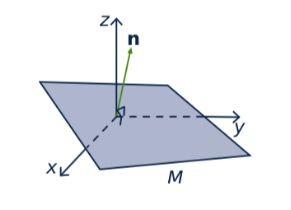


If AXA \subseteq X, then the intersection of all closed subsets containing AA is the smallest closed subset that contains AA, called the topological closure of AA, and variously denoted Cl(A)Cl(A), ClX(A)Cl_X(A), A¯\bar de lanalysis situs, Fund. A closed subscheme of is a closed subspace of in the sense of Definition 26.4.4 a closed subscheme is a scheme by Lemma 26.10.1. So every subspace is a vector space in its own right, but it is also defined.

The collection of closed subsets of a space XX is closed under arbitrary intersections. A subspace is a vector space that is contained within another vector space. More abstractly, a subspace AA of a space XX is closed if the inclusion map AXA \hookrightarrow X is a closed map. When equipped with the subspace topology, we may call CC (or its inclusion CXC \hookrightarrow X) a closed subspace. This follows from the previous theorem : since A A is closed in C C, we have A CJ A C J for some closed set J X J X, and A A is closed in X X. Definition (1) coincides with definition (2) or (3) only if excluded middle holds, since under (2) or (3) every subspace of a discrete space is closed, while under (1) the only closed subspaces are those that are complements, and if every proposition is a negation then the law of double negation follows. Comment 1.1 By definition, every linear subspace is closed under. A closed subspace Y of X either embeds into L1() for some measure or contains a normalized basic sequence which is equivalent to (even equal to a small. A subset CC of a topological space (or more generally a convergence space) XX is closed if its complement is an open subset, or equivalently if it contains all its limit points. Suppose X X is a topological space, C X C X is a closed set equipped with the subspace topology, and A C A C is closed in C C. i.e., the subset Y is closed under linear combinations.


 0 kommentar(er)
0 kommentar(er)
